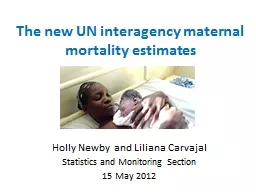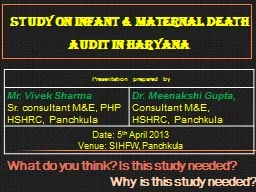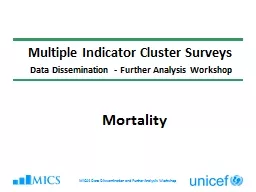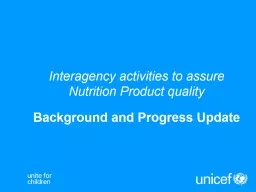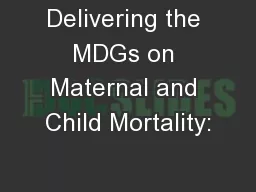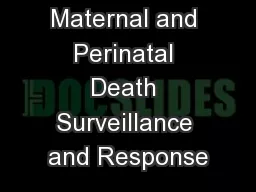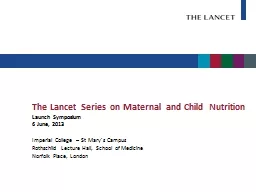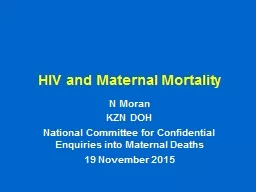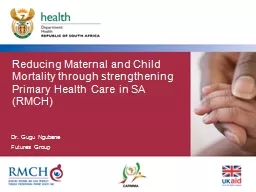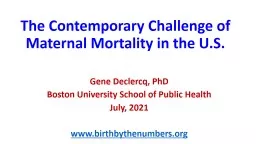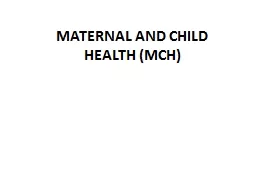PPT-The new UN interagency maternal mortality estimates
Author : alida-meadow | Published Date : 2018-12-04
Agbessi Amouzou and Holly Newby Data amp Analytics Section DPS UNICEF 1 May 2014 Will be released on Tuesday 6 May 2014 Levels and trends of maternal mortality
Presentation Embed Code
Download Presentation
Download Presentation The PPT/PDF document "The new UN interagency maternal mortalit..." is the property of its rightful owner. Permission is granted to download and print the materials on this website for personal, non-commercial use only, and to display it on your personal computer provided you do not modify the materials and that you retain all copyright notices contained in the materials. By downloading content from our website, you accept the terms of this agreement.
The new UN interagency maternal mortality estimates: Transcript
Download Rules Of Document
"The new UN interagency maternal mortality estimates"The content belongs to its owner. You may download and print it for personal use, without modification, and keep all copyright notices. By downloading, you agree to these terms.
Related Documents

